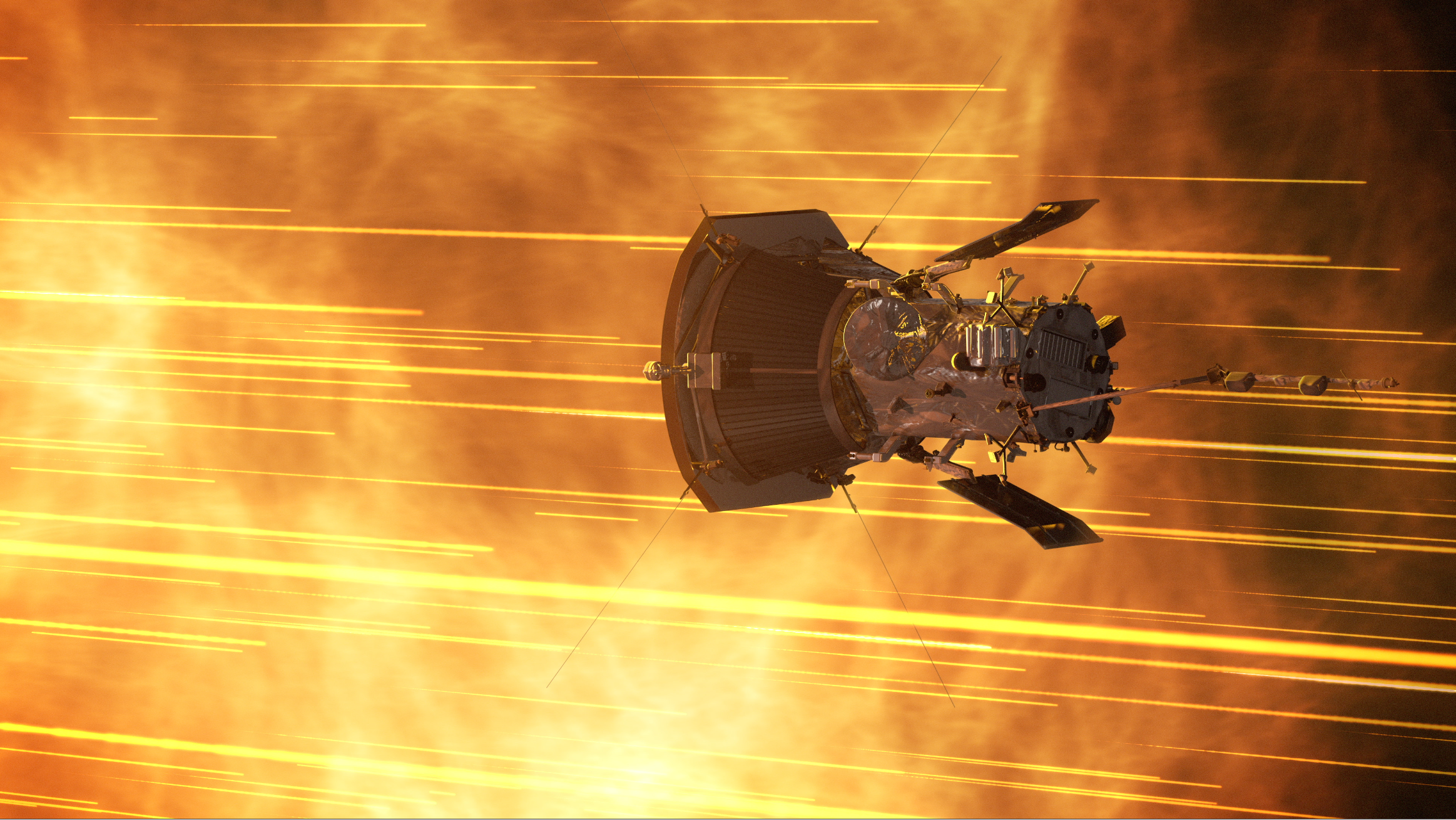USSF certifies ULA Vulcan for NSSL missions – SatNews
Original Publication Date: 2025-03-26 00:00

U.S. Space Force’s Space Systems Command’s (SSC) Assured Access to Space organization has announced the certification of United Launch Alliance’s (ULA) Vulcan launch system for National Security Space Launch (NSSL) missions. Vulcan’s certification is the culmination of several years of effort by the Space Force and ULA.
Rocket Lab’s launch of OroraTech’s ‘Finding Hot Wildfires Near You’ will help tackle wildfires around the world – SatNews
Original Publication Date: 2025-03-26 00:00

Rocket Lab to launch Finding Hot Wildfires Near You (OroraTech OTC-P1) expanding their constellation. Scheduled to launch NET March 27th 2025, the mission will deliver eight OroraTech Constellation Phase 1 satellites to a 550km orbit to expand its constellation.
SuperSharp achieves two critical milestones toward space telescope launch in 2026 – SatNews
Original Publication Date: 2025-03-27 00:00

SuperSharp Space Systems Ltd. Received a £5 million award from the UK Space Agency. The funds will enable an on-orbit demonstration of SuperSharp’s unfolding thermal infrared (TIR) space telescope for climate change mitigation applications. The company has delivered the first prototype of its ultra-high resolution telescope, Hibiscus, scheduled to start space operations in Q4 of 2026.
Aitech to showcase rugged tech powering AI in space at the upcoming Space Symposium – SatNews
Original Publication Date: 2025-03-27 00:00

Aitech will showcase their latest technologies for space at the 40th Space Symposium in Colorado Springs, Colorado, from April 7-10. With the theme “Mission Proven. Space Proven. AI Ready,” Aitech will highlight next generation technology designed to advance the implementation of Artificial Intelligence (AI) across space applications.
SpaceX successfully launches Starlink Group 11-7 smallsats from a beautiful California beach area – SatNews
Original Publication Date: 2025-03-26 00:00

SpaceX’s Falcon 9 will launch Starlink Group 11-7 smallsats on Wednesday, March 26th from 3:00 PM – 7:22 PM PDT into low Earth orbit. The launch will increase the smallsat constellation and will take place at Space Launch Complex 4E, Vandenberg SFB. The Falcon 9 first stage will attempt to land on ASDS OCISLY after its flight.
ULA’s Vulcan rocket’s new era of space capability for our country, certifies to launch national Security Space Launch missions – SatNews
Original Publication Date: 2025-03-26 00:00

The United Launch Alliance (ULA) Vulcan rocket has been certified by the United States Space Force to fly National Security Space Launch (NSSL) missions. Vulcan leverages the world’s highest-performing upper stage extending ULA’s industry-leading legacy of precision. Booster propulsion is provided by a pair of BE-4 engines, which are the most powerful liquefied natural gas (LNG)-fueled oxygen-rich staged combustion engine ever flown.
NASA’s Webb Sees Galaxy Mysteriously Clearing Fog of Early Universe
Original Publication Date: 2025-03-26 12:00

The Webb telescope discovered the incredibly distant galaxy JADES-GS-z13-1, observed to exist just 330 million years after the big bang. Researchers used the galaxy’s brightness in different infrared filters to estimate its redshift, which measures a galaxy’s distance from Earth. One specific, distinctly bright wavelength of light, known as Lyman-alpha emission, radiated by hydrogen atoms. This emission was far stronger than astronomers thought possible at this early stage in the universe’s development.
NASA’s Parker Solar Probe Team Wins 2024 Collier Trophy
Original Publication Date: 2025-03-25 15:01

The Parker Solar Probe mission has been awarded the 2024 Robert J. Collier Trophy. The annual award recognizes the most exceptional achievement in aeronautics and astronautics in America. On Dec. 24, 2024, Parker Solar Probe made its closest approach to the Sun, passing deep within the Sun’s corona.
How NASA’s Perseverance Is Helping Prepare Astronauts for Mars

Perseverance rover collected samples from the surface of Mars. The samples include a piece of polycarbonate helmet visor and Vectran, a cut-resistant material used for the palms of astronaut gloves. The key to developing safer spacesuit materials will be understanding how quickly they would wear down on the Martian surface.
